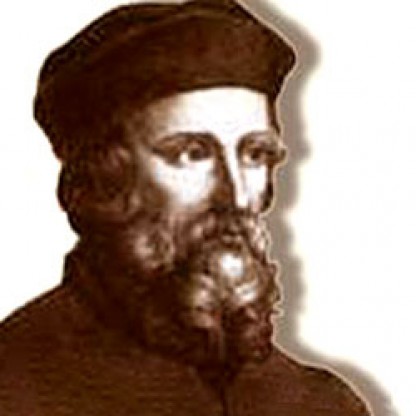
- ★Categories
- ★Tags
- 20th-century American male actors
- Politician net worth
- 1990 births
- American male television actors
- 25 richest
- 43 richest
- California net worth
- 1987 births
- Reality Star net worth
- IL net worth
- Rapper net worth
- 1998 births
- 21 richest
- Australia net worth
- 1968 births
- Instagram Star net worth
- richest
- TV Actor net worth




















